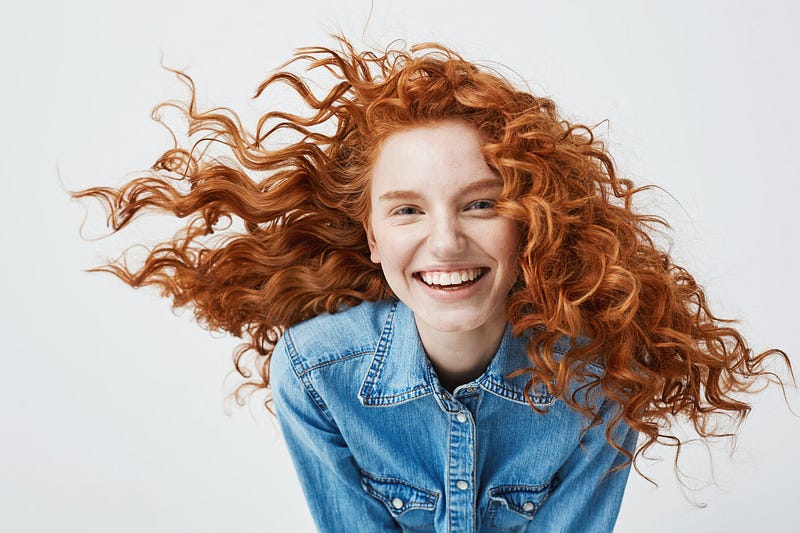Untangling the Depths of our Hair
By Dhriti Aiylam, Behavioral Neuroscience 2023

Straight, curly, blonde, black, thick, thin — we all have hair. And our hair is an important part of our appearance. But although people think about their hair every day, a lot of us don’t know much about it — how it grows, what it’s made of, and why we have it.
Hair is made of keratin, a protein composed of oxygen, nitrogen, and sulfur. Keratin is produced by follicles, bulb-shaped pockets in your skin. When the cells of a follicle die, baldness, hair loss, and hair thinning occur.
Many of the characteristics of our hair arise from the properties of follicles. For example, oval-shaped follicles create curly hair, while round follicles create straight hair. Pigment cells in the follicle produce melanin — which ultimately results in our hair color.
Hair growth is a cycle composed of the anagen (growth), catagen (transition), and telogen (rest) phases.
Hair growth is a cycle composed of the anagen (growth), catagen (transition), and telogen (rest) phases. During the anagen phase, hair (which starts off as a living cell), is produced deep within the follicle, in a root made of protein. Blood vessels in the scalp feed this root, allowing cells to divide and hair to grow. As hair gets pushed up through the skin, sebaceous glands bathe it in oil, which protects it from water and other elements. Then, through a process called keratinization, the cells fill up with fibrous material and die just before the hair pokes through the skin. This is why it doesn’t hurt to get a haircut — hair is already dead.
Hair growth ends during the month-long catagen phase. The follicle is inactive, causing the cells in the hair bulb to die and the hair to be pulled back into the scalp. Finally, during the telogen phase (about 2–7 months), the hair shrinks and becomes lighter. It remains attached to the follicle while the bulb is dormant, but is eventually pushed out of the scalp by a new hair shaft growing in. A person has about 20 hair cycles throughout his or her lifetime.
Knowing all of this, what’s the purpose of hair? There are many. It protects the skin and keeps mammals warm. Hair is also responsible for broadcasting pheromones (chemicals secreted that provide clues about well-being and sexual compatibility). Finally, our hair keeps our head warm and protects it from the sun.
So the next time you look in the mirror to brush your hair, don’t forget everything going on behind the scenes — and know that we have hair for more than just looks.